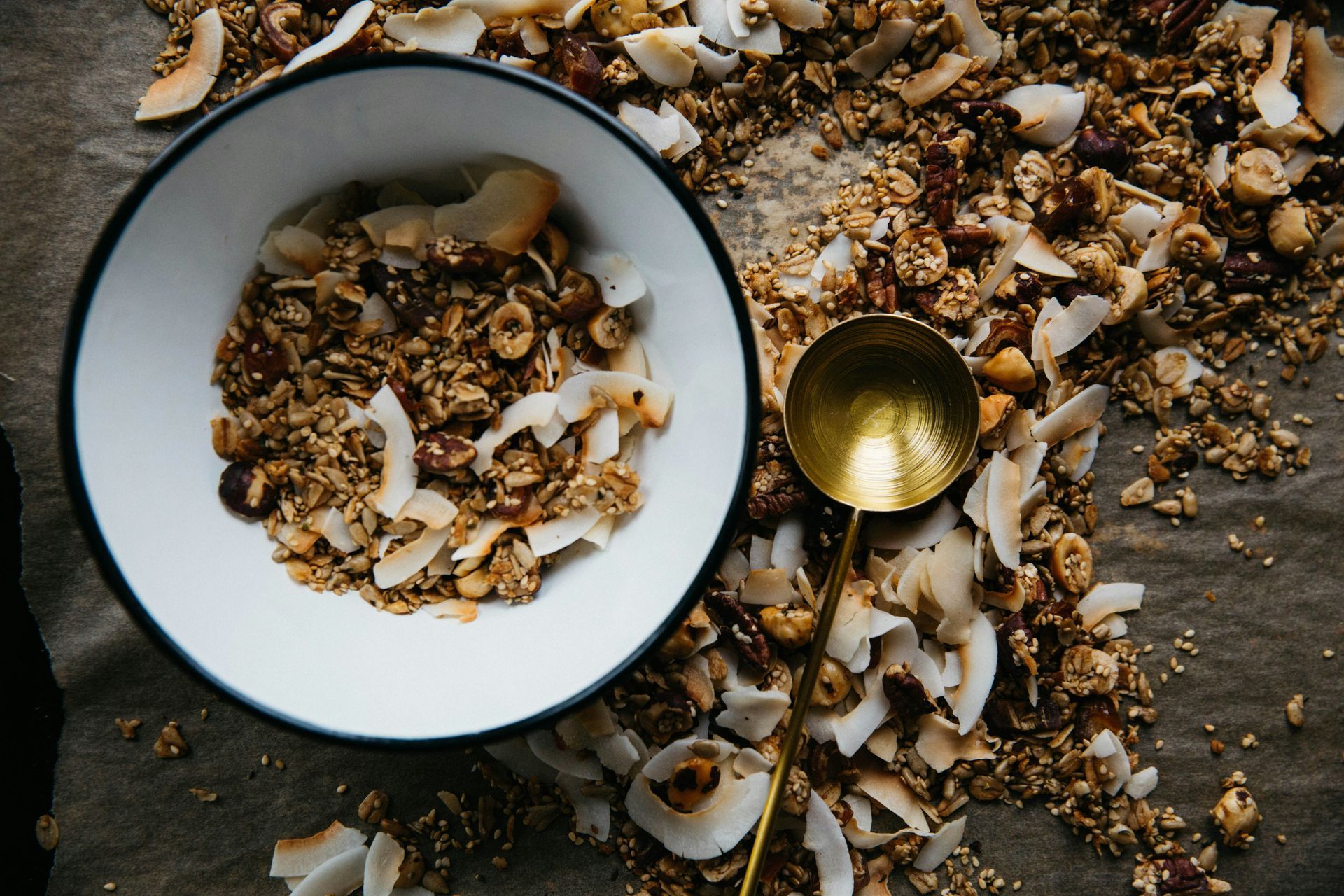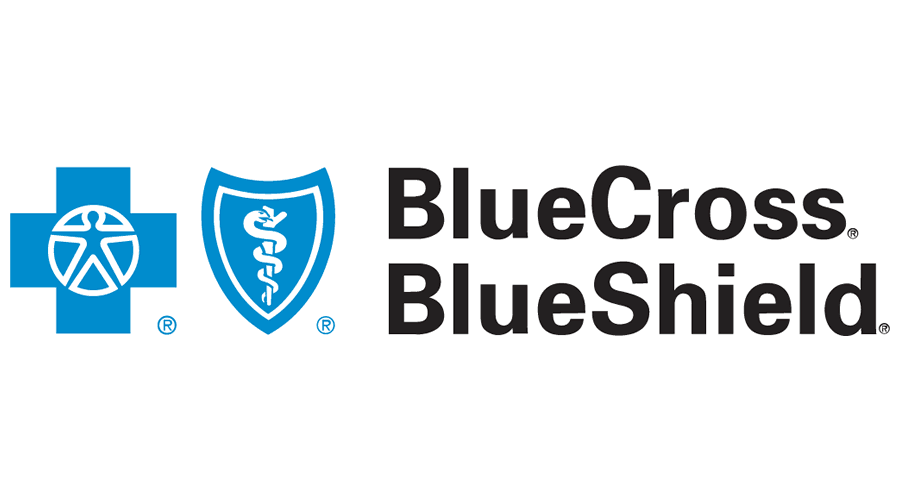Exercise is NEAT: How Non-Exercise Can Help You Lose Weight
Our total daily calorie burn comes from three different areas:
- RMR, also known as resting metabolic rate, is the amount of calories our body burns at rest. This number varies wildly between different people and varies according to body size, gender, age and even climate! RMR accounts for 60-70% of the calories you burn every day and the biggest determiner of your RMR is the amount of lean body mass, or muscle, you have. So, go lift some weights!
- Thermic effect of food accounts for around 10% of your daily calorie burn. Did you know it burns calories to digest calories? Of the three macronutrients, carbs, fat and protein, protein, digesting protein burns the most calories. As you might expect, digesting fat is very efficient and burns very few calories! Fat is easy to eat and easy to store.
- Exercise is the third way to burn calories and it is also the most variable. A manual laborer or elite athlete burn a tremendous amount of calories in a day, upwards of 50% of their total intake! For those of us who are moderately active, it's more like 25-30% and for a more sedentary individual it can be just 5-10%. Exercise is divided into two categories. Focused exercise and NEAT or Non-Exercise Activity Thermogenesis. Focused exercise is the intentional exercise you do, it's designed to get your heart rate up and make you sweat. NEAT is just a big, long word to describe all the moving and grooving you do throughout the day. It's the standing, sitting, fidgeting, dishwashing, bringing in the groceries, walking around, and project-doing of every day.
NEAT has untapped potential for burning calories and is especially useful for helping us be active throughout the day, rather than just sitting on the couch watching TV or sitting in front of our computer. There are lots of ways to increase our movement throughout the day that don't involve going to the gym or getting sweaty. An easy way to establish your baseline level of activity is to wear a device that counts your steps like a fitbit or apple watch. Once you know how many steps you normally get, make a goal to increase it.
For example, if you normally get 3,000 steps a day, make a goal to increase it to 5,000 and keep increasing in increments until you reach the recommended 10,000 steps/day. Even better is to divide out the number of steps you get between your focused exercise and NEAT because this will encourage both types of activity and both are good!
Ideas to increase NEAT include:
- housework (my personal favorite!)
- home projects
- yardwork
- raking leaves
- take a walk around your neighborhood
- walk your dog
Exercise is man's best medicine
--Hippocrates
Nutritious Foundations















